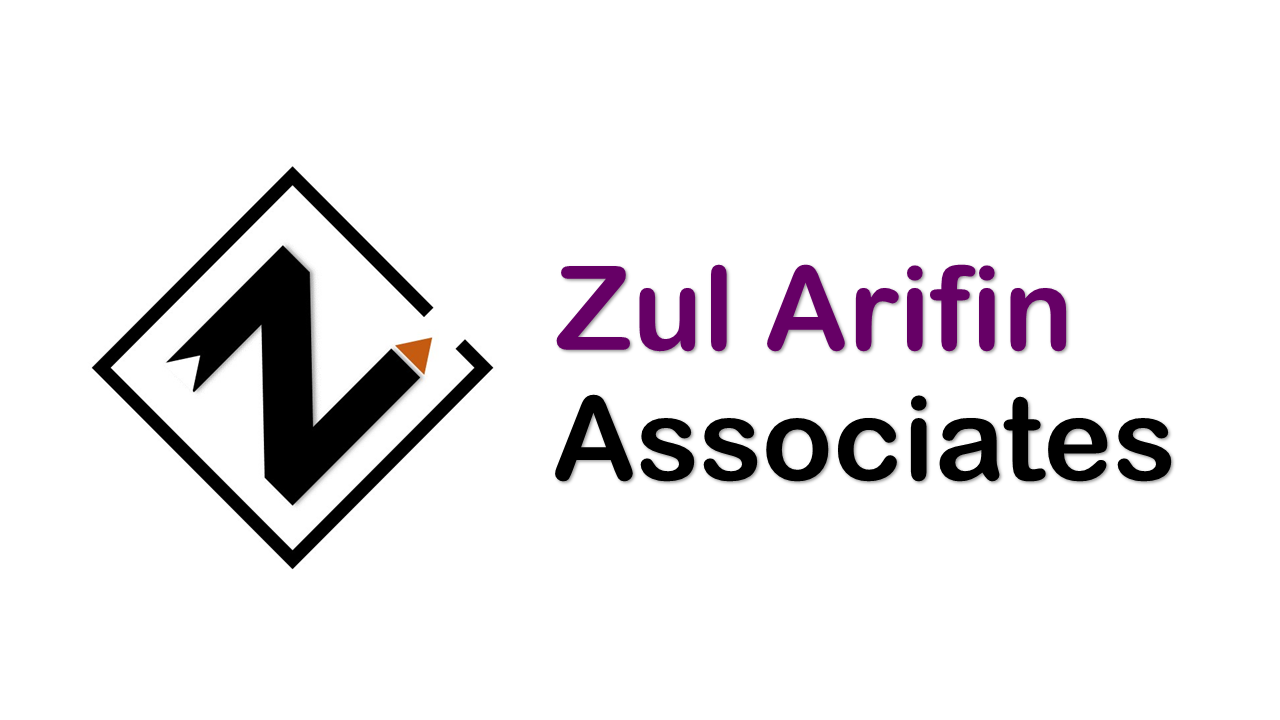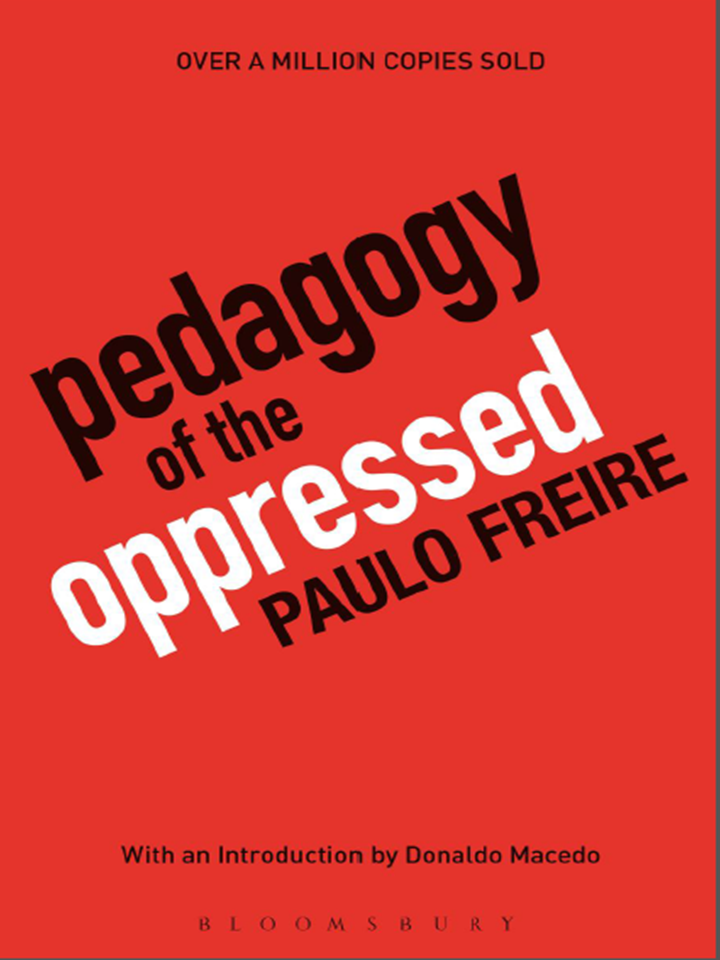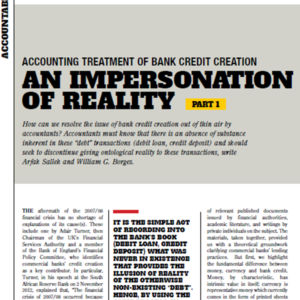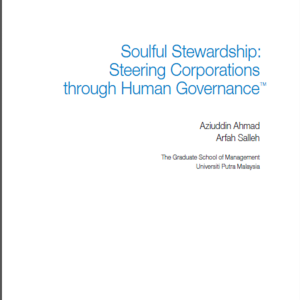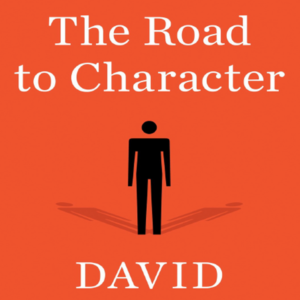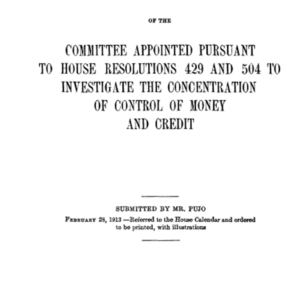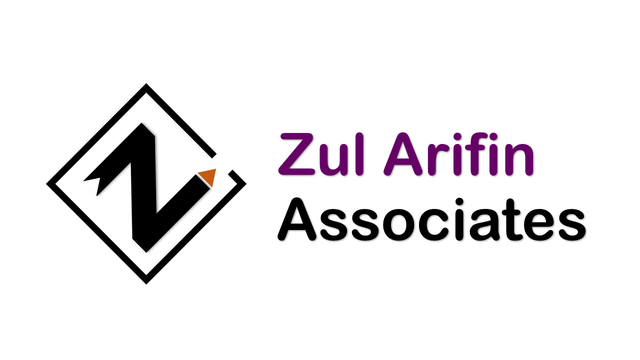Description
Freire organizes Pedagogy of the Oppressed into four chapters and a preface.
Freire uses the preface to provide a background to his work and the potential downsides. He explains that this came from his experience as a teacher in Brazil and when he was in political exile. In this time, he noticed that his students had an unconscious fear of freedom, or rather: a fear of changing the way the world is. Freire then outlines the likely criticisms his book will face. Furthermore, his audience should be radicals—people that see the world as changing and fluid—and he admits that his argument will most likely be missing things. Basing his method of finding freedom on the poor and middle class’s experience with education, Freire states that his ideas are rooted in reality—not purely theoretical.
Freire utilizes chapter 1 to explain why this pedagogy is necessary. Describing humankind’s central problem as affirming one’s identity as human, Freire states that everyone strives for this, but oppression interrupts many people on this journey. These halts are termed dehumanization. Dehumanization, when individuals become objectified, occurs due to injustice, exploitation, and oppression. Pedagogy of the Oppressed is Freire’s attempt to help the oppressed fight back to regain their lost humanity and achieve full humanization. Freire outlines steps with which the oppressed can regain their humanity, starting with acquiring knowledge about the concept of humanization itself. It is easy for the oppressed to fight their oppressors only to become the polar opposites of what they currently are. In other words, this just makes them the oppressors and starts the cycle all over again. To be fully human again, they must identify the oppressors. They must identify them and work together to seek liberation. The next step in liberation is to understand what the goal of the oppressors is. Oppressors are purely materialistic. They see humans as objects and by suppressing individuals, they are able to own these humans. While they may not be consciously putting down the oppressed, they value ownership over humanity, essentially dehumanizing themselves. This is important to realize as the goal of the oppressed is to not only gain power. It is to allow all individuals to become fully human so that no oppression can exist. Freire states that once the oppressed understand their own oppression and discovers their oppressors, the next step is dialogue, or discussion with others to reach the goal of humanization. Freire also highlights other events on this journey that the oppressed must undertake. There are many situations that the oppressed must keep wary about. For example, they must be aware of the oppressors trying to help the oppressed. These people are deemed falsely generous, and in order to help the oppressed, one must first fully become the oppressed, mentally and environmentally. Only the oppressed can allow humanity to become fully human with no instances of objectification.
In chapter 2, Freire outlines his theories of education. The first discussed is the banking model of education. He believes the fundamental nature of education is to be narrative. There is one individual reciting facts and ideas (the teacher) and others that just listen and memorize everything (the students). There is no connection with their real life, resulting in a very passive learning style. This form of education is termed the banking model of education. The banking model is very closely linked with oppression. It is built on the fact that the teacher knows all, and there exist inferiors that must just accept what they are told. They are not allowed to question the world or their teachers. This lack of freedom highlights the comparisons between the banking model of education and oppression. Freire urges the dismissal of the banking model of education and the adoption of the problem-posing model. This model encourages a discussion between teacher and student. It fades the line between the two as everyone learns alongside each other, creating equality and the lack of oppression. There are many ways the banking model of education aligns with oppression. Essentially, it dehumanizes the student. If they are raised to learn to be blank slates molded by the teacher, they will never be able to question the world if they need to. This form of education encourages them to just accept what is thrust upon them and accept that as correct. It makes the first step of humanization very difficult. If they are trained to be passive listeners, they will never be able to come to the realization that there even exists oppressors.
Chapter 3 is used to expand on Freire’s idea of dialogue. He first explains the importance of words, and that they must reflect both action and reflection. Dialogue is an understanding between different people and it is an act of love, humility, and faith. It provides others the complete independence to experience the world and name it how they see it. Freire explains that educators shape how students see the world and history. They must use language with the point of view of the students in mind. They must allow “thematic investigation”: the discovery of different relevant problems and ideas for different periods of time. This ability is the difference between animals and humans. Animals are stuck in the present unlike humans who understand history and use it to shape the present. Freire explains that the oppressed usually are not able to see the problems of their own time, and oppressors feed on this ignorance. Freire also presses the importance of educators not becoming oppressors and not objectifying their students. Educators and students must work as a team to find the problems of history and the present.
Freire lays out the process of how the oppressed can truly liberate themselves in chapter 4. He explains the methods used by oppressors to suppress humanity and the actions the oppressed can take in order to liberate humanity. The tools the oppressors use are termed “anti-dialogical actions” and the ways the oppressed can overcome them are “dialogical actions”. The four anti-dialogical actions include conquest, manipulation, divide and rule, and cultural invasion. The four dialogical actions, on the other hand, are unity, compassion, organization, and cultural synthesis.
